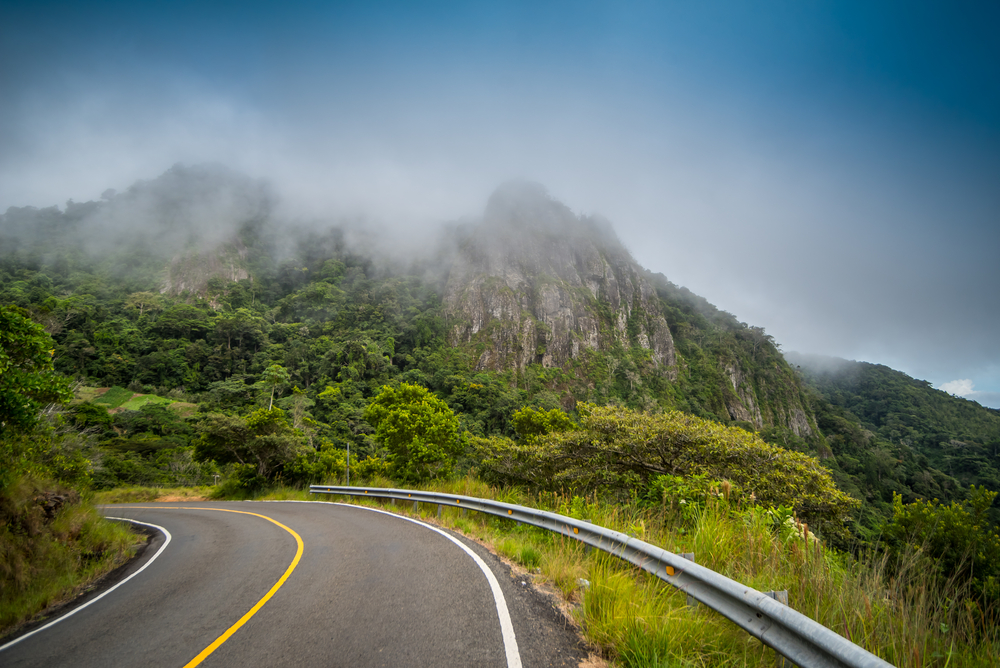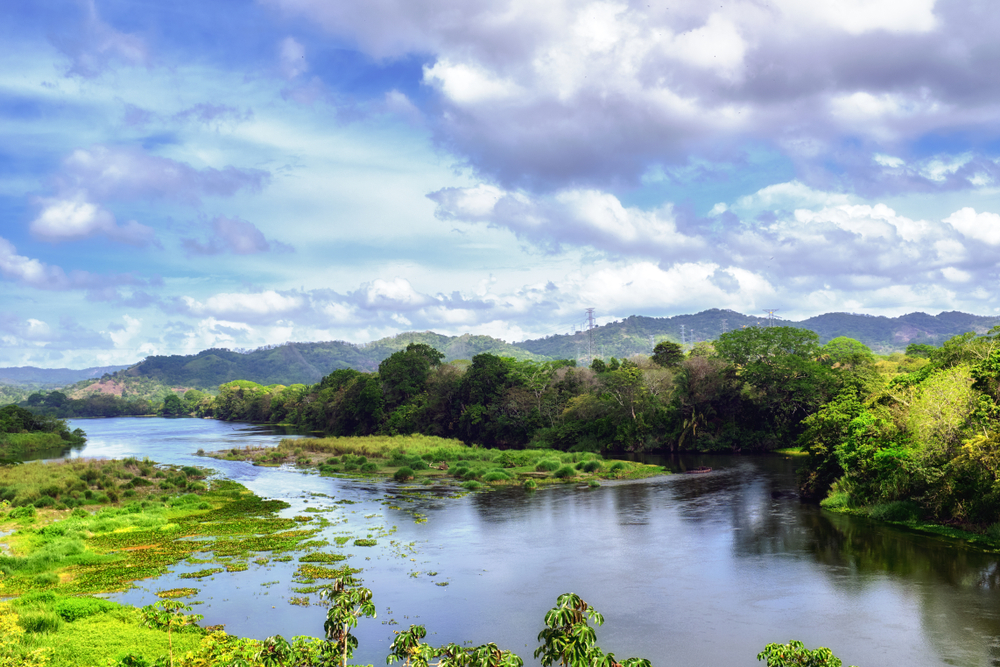Darién Overview
Darién National Park, known as Parque Nacional Darién in Spanish, is the largest national park in Panama, covering approximately 2,225 square miles (5,790 square kilometers).
Located in the Darién Province, the park is situated near the border with Colombia and forms a crucial part of the Darién Gap, a dense, roadless jungle that serves as a natural barrier between Central and South America.
The park, designated as a UNESCO World Heritage Site, is one of the most biodiverse places in the world, offering an extraordinary mix of tropical rainforests, mangroves, rivers, and mountainous terrain.
The landscape of Darién National Park is incredibly varied, featuring rugged mountain ranges such as the Serranías del Darién and Serranías de Pirre, which rise sharply from the dense jungle, reaching heights over 5,000 feet (1,524 meters).
These peaks contrast with the sprawling lowland forests, vast swamps, and intricate coastal mangroves along the Pacific shoreline. The Chucunaque and Tuira Rivers, the two largest in Panama, meander through the park, providing vital waterways for both wildlife and the indigenous communities residing in the region. The thick rainforest canopy is a mix of towering ceiba, mahogany, and rosewood trees, while the undergrowth is rich with ferns, orchids, and bromeliads.
Darién National Park is a sanctuary for an astonishing variety of wildlife, many of which are rare or endangered. It is one of the last strongholds of the Harpy Eagle, Panama’s national bird, which soars through the jungle canopy hunting for prey such as howler monkeys and sloths. Other notable bird species include macaws, toucans, and the great curassow.
Mammals are abundant, with species like jaguars, ocelots, giant anteaters, and tapirs roaming the dense forest. The park is also home to unique amphibians and reptiles, including poison dart frogs, caimans, and boa constrictors. Along the coastline and riverbanks, visitors might spot manatees, river otters, and American crocodiles.
One of the park’s most remarkable aspects is the presence of indigenous communities, such as the Emberá and Wounaan peoples, who have lived in the region for centuries and continue to practice traditional ways of life.
Visitors can engage with these communities to learn about their rich cultural heritage, traditional crafts, and sustainable living practices. Due to its remote and challenging terrain, exploring Darién National Park often requires guided excursions, with travel typically conducted by boat along the Tuira River or on foot through the jungle’s narrow trails.
The park offers exceptional opportunities for birdwatching, wildlife photography, river expeditions, and jungle trekking, making it a paradise for nature enthusiasts and adventure seekers.
The Pirre Mountain Range is particularly popular for hikers and birdwatchers, as it provides access to some of the most pristine forest environments in Central America. The region’s remoteness adds to its mystique, drawing in those looking for a truly off-the-beaten-path experience.
Despite its protected status, Darién National Park faces ongoing conservation challenges, including illegal logging, poaching, and land encroachment. However, significant conservation efforts have helped maintain much of the park’s ecological integrity.
The collaboration between the Panamanian government, indigenous groups, and international conservation organizations has been essential in preserving the park’s diverse habitats and wildlife populations.














































































